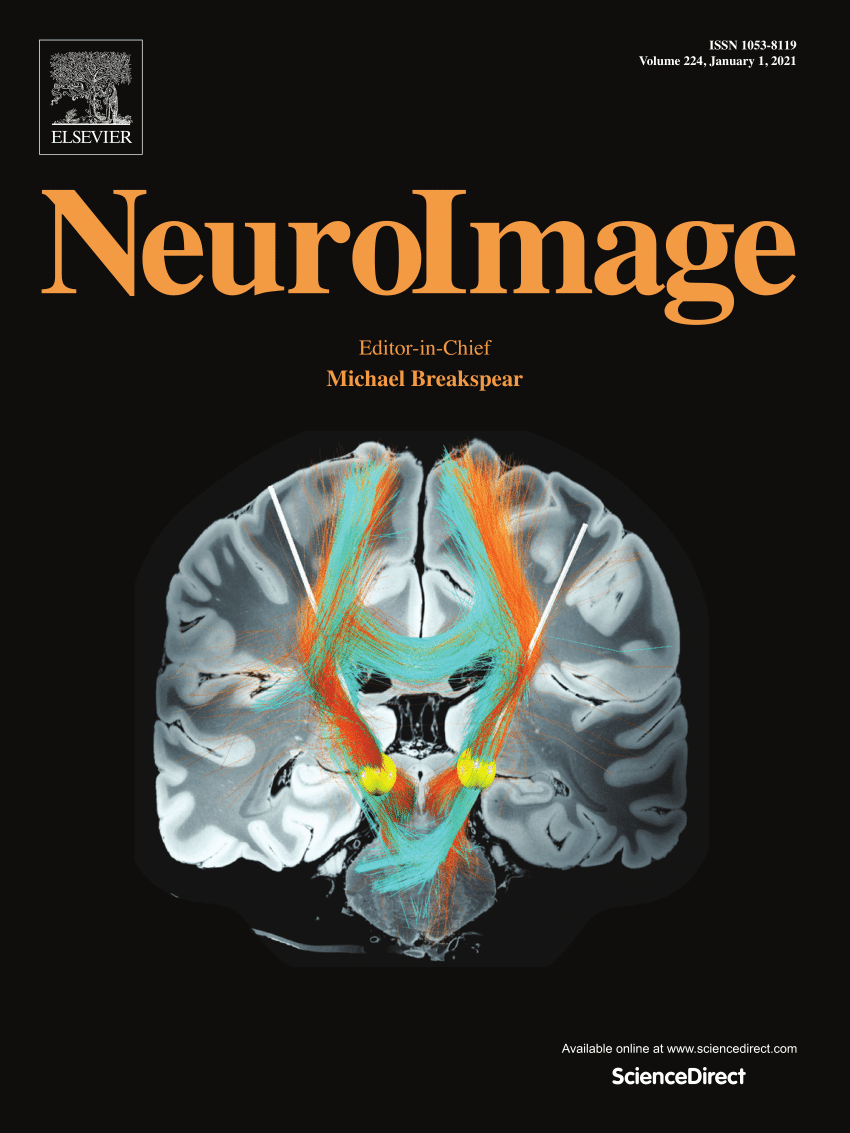A new multimodal neuroprognostic model for chronic disorders of consciousness: Integrating behavioral, hormonal, and imaging features
IF 4.7
2区 医学
Q1 NEUROIMAGING
引用次数: 0
Abstract
Background and objectives
Previous studies have suggested that endocrine abnormalities following brain injury may influence the long-term recovery of patients with chronic disorders of consciousness (DOC). However, it remains unclear whether combining endocrine measurements with established behavioral and imaging metrics can further enhance DOC prognostication. To address this, we aim to develop a precise neuroprognostic model by integrating hormonal, behavioral, and resting-state fMRI (rs-fMRI) assessments.
Methods
In this retrospective observational study, 43 patients with DOC were enrolled, each of whom was assessed using the Coma Recovery Scale-Revised (CRS-R), pituitary-related hormone levels, and rs-fMRI. Based on the Glasgow Outcome Scale (GOS), patients were classified into a favorable prognosis subgroup (GOS ≥ 3, n = 19) and a poor prognosis subgroup (GOS < 3, n = 24). We calculated two rs-fMRI features for each brain region: static functional connectivity and dynamic temporal stability. A Support Vector Machine classifier was then applied using these multimodal feature subsets to predict patient prognosis.
Results
Our multimodal model achieved a prediction accuracy of 0.91 (sensitivity = 0.84, specificity = 0.96) for DOC prognosis, outperforming control models that used fewer feature subsets, which had accuracy ranging from 0.58 to 0.84. Additionally, brain regions primarily from the frontoparietal networks contribute most to the prediction, along with motor function scores of the CRS-R and free triiodothyronine hormone levels.
Conclusion
Our preliminary findings suggest that integrating multiple domains enhances the accuracy of DOC prognosis predictions. Our model shows promise as an accurate and convenient tool to aid clinical decision-making regarding DOC prognosis, though further external validation is needed.
慢性意识障碍的一种新的多模态神经预后模型:整合行为、激素和影像学特征
背景与目的以往的研究表明,脑损伤后的内分泌异常可能影响慢性意识障碍(DOC)患者的长期康复。然而,目前尚不清楚将内分泌测量与既定的行为和影像学指标相结合是否能进一步提高DOC的预后。为了解决这个问题,我们的目标是通过整合激素,行为和静息状态功能磁共振成像(rs-fMRI)评估来开发精确的神经预后模型。方法本回顾性观察研究纳入43例DOC患者,采用昏迷恢复量表(CRS-R)、垂体相关激素水平和磁共振成像(rs-fMRI)对每位患者进行评估。根据格拉斯哥预后量表(GOS)将患者分为预后良好亚组(GOS≥3,n = 19)和预后不良亚组(GOS <;3, n = 24)。我们计算了每个大脑区域的两个rs-fMRI特征:静态功能连接和动态时间稳定性。然后使用这些多模态特征子集应用支持向量机分类器来预测患者预后。结果我们的多模态模型对DOC预后的预测准确率为0.91(灵敏度= 0.84,特异性= 0.96),优于使用较少特征子集的对照模型,后者的预测准确率为0.58 ~ 0.84。此外,主要来自额顶叶网络的大脑区域,以及CRS-R和游离三碘甲状腺原氨酸激素水平的运动功能评分,对预测贡献最大。结论我们的初步研究结果表明,整合多域可提高DOC预后预测的准确性。尽管需要进一步的外部验证,但我们的模型有望作为一种准确、方便的工具来帮助临床决策有关DOC的预后。
本文章由计算机程序翻译,如有差异,请以英文原文为准。
求助全文
约1分钟内获得全文
求助全文
来源期刊

NeuroImage
医学-核医学
CiteScore
11.30
自引率
10.50%
发文量
809
审稿时长
63 days
期刊介绍:
NeuroImage, a Journal of Brain Function provides a vehicle for communicating important advances in acquiring, analyzing, and modelling neuroimaging data and in applying these techniques to the study of structure-function and brain-behavior relationships. Though the emphasis is on the macroscopic level of human brain organization, meso-and microscopic neuroimaging across all species will be considered if informative for understanding the aforementioned relationships.
 求助内容:
求助内容: 应助结果提醒方式:
应助结果提醒方式:


